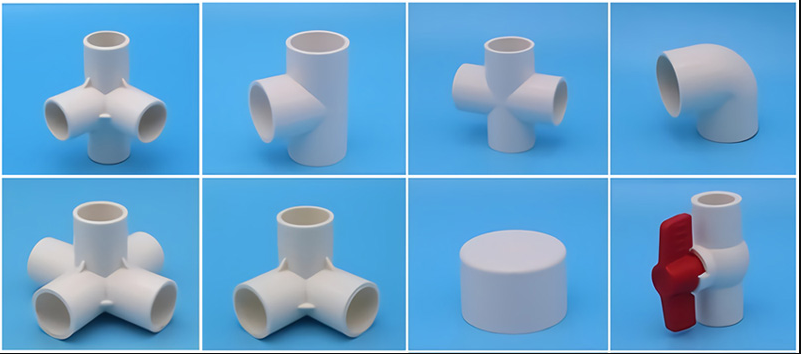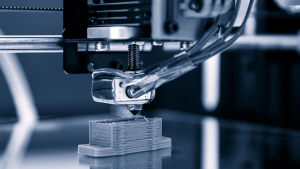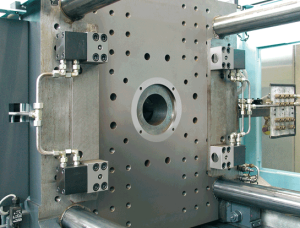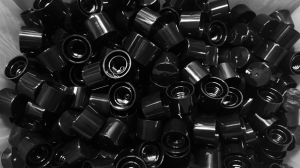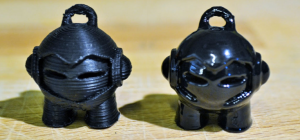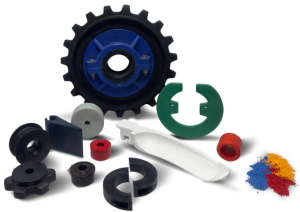Yes, PVC (Polyvinyl Chloride) can be injection molded. PVC is a versatile thermoplastic polymer widely used in various industries due to its excellent properties such as chemical resistance, durability, and ease of processing. Here’s a detailed look at PVC injection molding:
Properties of PVC
- Chemical Resistance:
- PVC is resistant to many chemicals, including acids, bases, and salts.
- Durability:
- It has high mechanical strength and toughness.
- Thermal Properties:
- PVC has a relatively low melting point (around 160-210°C or 320-410°F) and good thermal stability when properly formulated.
- Electrical Insulation:
- It is a good electrical insulator.
- Flame Retardancy:
- PVC is inherently flame retardant due to its chlorine content.
- Versatility:
- It can be rigid or flexible depending on the formulation and use of plasticizers.
Applications of PVC Injection Molding
- Building and Construction:
- Pipes, fittings, window profiles, and flooring.
- Automotive:
- Interior trim, dashboards, and electrical wiring insulation.
- Consumer Goods:
- Toys, housings for electrical appliances, and furniture.
- Medical:
- IV bags, medical tubing, and disposable medical devices.
- Packaging:
- Blister packs and containers.

Choose us for your custom injection molding needs and experience excellence in every detail. Our China-based factory provides innovative solutions, competitive pricing, and fast turnaround times. Get your custom quote now!
Injection Molding Process for PVC
- Material Preparation:
- PVC must be carefully dried to avoid moisture-related defects. Drying conditions typically include temperatures around 70-80°C (158-176°F) for 2-3 hours.
- Injection Molding Machine Setup:
- Temperature Settings: Barrel temperatures are typically set between 160°C to 190°C (320°F to 374°F), with mold temperatures between 20°C to 60°C (68°F to 140°F).
- Injection Pressure: Typically ranges from 800 to 1,400 psi, depending on part geometry and material formulation.
- Screw Speed: Lower screw speeds are used to prevent thermal degradation of PVC.
- Molding Cycle:
- Injection: Molten PVC is injected into the mold cavity under high pressure.
- Cooling: The part cools and solidifies in the mold. Cooling time is crucial to prevent warpage and ensure dimensional stability.
- Ejection: Once solidified, the part is ejected from the mold.
- Post-Processing:
- Parts may require trimming to remove excess material or flash.
- Additional finishing processes, such as surface treatment or painting, may be applied to enhance appearance and properties.
Benefits of Using PVC in Injection Molding
- Chemical Resistance: Suitable for applications requiring resistance to chemicals.
- Durability: High mechanical strength and toughness for various applications.
- Flame Retardancy: Inherently flame retardant, making it suitable for applications requiring fire resistance.
- Versatility: Can be formulated for rigid or flexible applications.
- Cost-Effective: PVC is relatively inexpensive, making it cost-effective for mass production.
Considerations
- Thermal Stability:
- PVC can degrade at high temperatures, releasing harmful gases like hydrogen chloride. Proper temperature control and stabilization are necessary.
- Mold Design:
- Proper mold design, including adequate cooling and venting systems, is essential to ensure part quality and efficient production.
- Shrinkage:
- PVC exhibits low to moderate shrinkage, so design considerations must account for this to ensure dimensional accuracy.
- Processing Additives:
- Stabilizers, lubricants, and plasticizers are often added to PVC to improve processing and enhance properties.

As a leading mold injection manufacturer in China, we deliver superior molds for various industries. Our state-of-the-art facilities and expert team ensure top-notch quality and timely delivery. Contact us now for a competitive quote!
Conclusion
PVC is an excellent material for injection molding, offering a combination of chemical resistance, durability, flame retardancy, and versatility. It is widely used in building and construction, automotive, consumer goods, medical, and packaging applications. Proper material preparation, machine setup, and mold design are critical to achieving high-quality PVC injection-molded parts. By carefully managing these factors, manufacturers can fully exploit PVC’s benefits to produce durable, cost-effective, and versatile components.
Related Conten: Custom Plastic Fabrication

